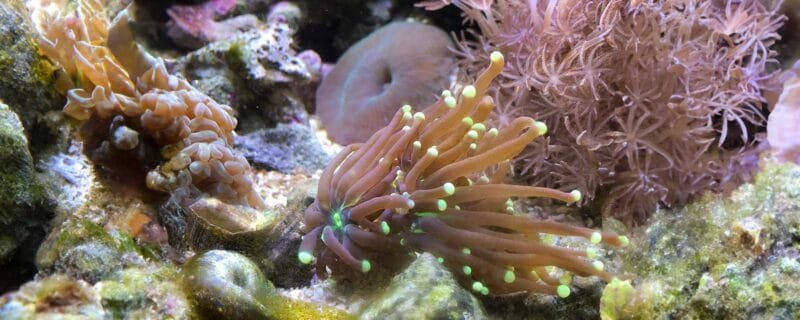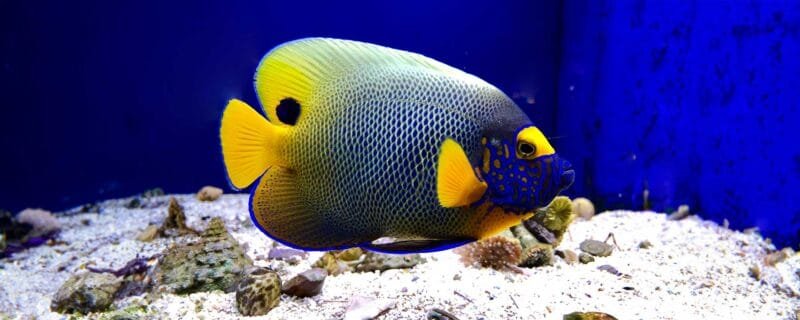Navigating the Waters: A Comprehensive Guide to Aquarium Filtration Systems
Introduction
Aquarium filtration systems might seem like a puzzle at first, but they’re the unsung heroes of your aquatic world. In this blog post, we’ll unravel the importance of filtration, explain the factors you need to consider, explore the various types of filters (including internal, external, HOB, sump, and more), dive into how they work, understand the media they use, and grasp the benefits of mechanical, biological, and chemical filtration. We’ll also discuss when and where each type of filter is needed and address the differences between freshwater and marine filtration systems. So, let’s plunge into the world of aquarium filtration!
Why Is Aquarium Filtration Important?
Filtration is like the lifeblood of your aquarium. Here’s why it’s so vital:
- Water Quality: Filtration systems ensure your aquarium water stays clean and clear, promoting fish health and overall well-being.
- Biological Balance: They support the nitrogen cycle, which is crucial for breaking down fish waste into less harmful compounds, like nitrate.
- Oxygenation: Filtration systems agitate the water’s surface, promoting oxygen exchange, which is essential for fish and beneficial bacteria.
Factors to Consider in Aquarium Filtration
Before you pick a filtration system, consider the following factors:
- Tank Size: Larger tanks may require more powerful filtration systems to maintain water quality.
- Fish Load: The number and size of your fish affect the bioload (waste production). Heavier bioloads require robust filters.
- Plant Life: If you have live plants, consider how they impact filtration, as they absorb nutrients that might otherwise contribute to water quality issues.
- Budget: Filtration systems come at different price points. Think about both the initial cost and long-term maintenance expenses.
Essential Equipment for Aquarium Filtration
Here’s what you need for a well-functioning filtration system:
- Filter Unit: The core component of the filtration system, which houses the filter media.
- Filter Media: These are the materials responsible for physical and biological filtration. Examples include foam pads, ceramic rings, and activated carbon.
- Water Pump: Most filtration systems need a water pump to circulate water through the filter media.
- Tubing and Hoses: These components are essential for connecting the filter unit to the water pump.
- Sponges or Pre-filters: These capture larger debris before it reaches the primary filter media.
Types of Aquarium Filtration Systems and Their Benefits
- Internal Filters: These compact filters are placed inside the aquarium and are suitable for small setups. They’re easy to install, provide mechanical and biological filtration, and are ideal for tanks with limited space.
- HOB Filters (Hang-On-Back): HOB filters are mounted on the rim of the aquarium. They’re versatile, providing mechanical, biological, and often chemical filtration. They’re easy to maintain and are excellent for beginners.
- Canister Filters: Canister filters are located outside the tank and are known for their high filtration capacity. They offer mechanical, biological, and sometimes chemical filtration. Canister filters are suitable for larger tanks and are highly customizable.
- Sump Filters: Sump systems are usually located beneath the aquarium and can house various filtration components. They’re versatile, can provide mechanical, biological, and chemical filtration, and are perfect for larger, customized setups.
- Undergravel Filters: These filters are placed beneath the substrate and are less common in modern setups. They provide mechanical and biological filtration by drawing water through the substrate.
- Protein Skimmers: These are primarily used in marine aquariums to remove dissolved organic matter. They’re crucial for maintaining water quality in reef tanks.
- Fluidized Bed Filters: These filters use a fluidized bed of media to provide efficient biological filtration, and they’re often used in marine systems.
Mechanical, Biological, and Chemical Filtration
- Mechanical Filtration: This involves physically trapping debris like uneaten food and fish waste. It’s essential for improving water clarity and reducing maintenance.
- Biological Filtration: Biological filters support the nitrogen cycle by providing a surface for beneficial bacteria to grow. These bacteria convert toxic compounds like ammonia and nitrite into less harmful nitrate.
- Chemical Filtration: Chemical filters use specific media, like activated carbon, to adsorb impurities and unwanted chemicals from the water, enhancing water quality.
When and Where Is Each Type of Filter Needed?
- Mechanical filters are necessary in all aquariums to remove debris and improve water clarity.
- Biological filters are essential for maintaining the nitrogen cycle and ensuring water quality in all aquariums.
- Chemical filters can be used as needed for specific water quality issues, like odor or discoloration.
Freshwater vs. Marine Filters
While the basic principles of filtration apply to both freshwater and marine aquariums, marine aquariums often require additional equipment, such as protein skimmers, to remove dissolved organic matter and maintain water quality in a reef setting.
Conclusion
In conclusion, understanding aquarium filtration systems is vital for maintaining a healthy aquatic environment. By considering your tank size, fish load, and budget, you can select the right filtration system for your specific needs. Whether you opt for internal, HOB, canister, sump, or other filters, each type has its unique benefits and applications, helping you create a thriving and clear underwater world.





